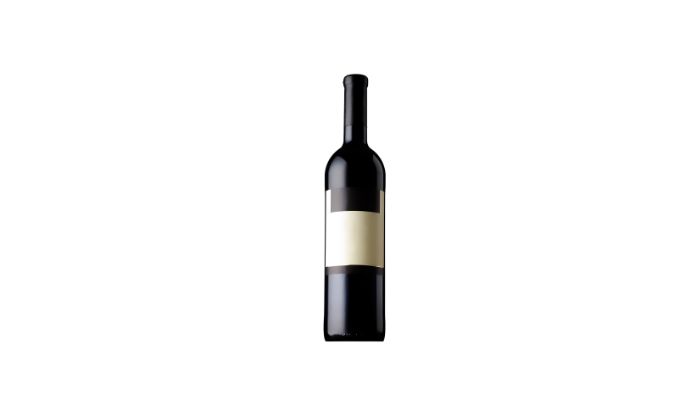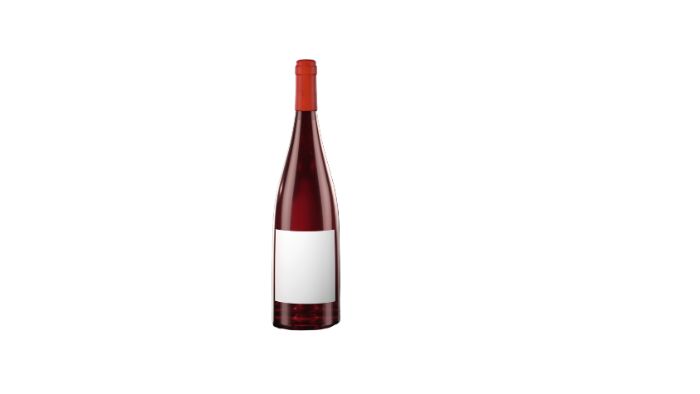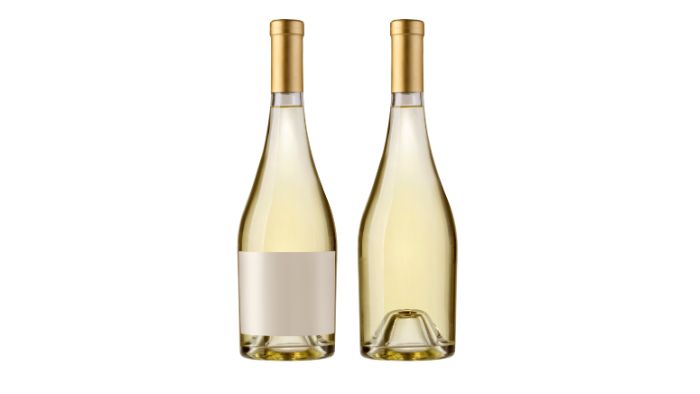Wine bottle shapes, much like people’s, are incredibly diverse. A tough exterior, a bit tricky to open, and often filled with something wonderful—wait, maybe that’s just me?
But seriously, wine bottle shapes really are like people in that they come in so many different sizes, shapes, and colors. It’s one of the simple pleasures of visiting a wine store—seeing the array of bottles on display, from tall and graceful to short and robust, from classic regional styles to the occasional creative, modern design. And don’t forget the colors! Pale greens, deep, rich shades, clear bottles that let the beautiful wine inside shine through—it’s a feast for the eyes, even before you’ve had a chance to take a sip.
At the heart of it, we’re always eager to explore the truths and debunk the myths about wine…so let’s dive into the world of bottle types and uncover why certain wineries opt for specific styles or colors over others.
Bottle shapes and different grapes
Some wineries opt for tall, slender bottles while others go for short, wide ones. However, there are a few trends and historical precedents that offer some insight.
In general, the shape of a wine bottle is often linked to the type of grapes used in the wine and the region where those grapes originated. For example, you might notice that Chardonnays and Pinot Noirs are commonly found in the classic Burgundy-shaped bottles—reflecting the part of France where those grapes were first cultivated. Similarly, wines like Cabernet Sauvignon, Merlot, Malbec, and Cabernet Franc are typically sold in ‘Bordeaux’ bottles, as Bordeaux is the region most closely associated with these varietals. We’ll delve into the 7 principal wine bottle shapes in more detail below.
As for why different regions use different bottle shapes, that’s a topic that wine enthusiasts love to debate, and it’s one that has never been definitively settled. Historically, wines produced in specific regions were likely consumed locally, with local taverns and buyers being the primary customers. Consequently, each region’s unique style of wine manufacturing and bottle design likely evolved independently, making it easier for local wineries to create a distinct identity for their products.
When the New World wine industry emerged, modern wineries often followed the traditions established in the Old World. So, a 20th-century Cabernet Sauvignon from California would likely be bottled similarly to an 18th-century Cabernet Sauvignon from France, simply because that’s the way it had always been done.
The seven principal wine bottle shapes
Let’s dive into the main wine bottle shapes in more detail, exploring what makes each one unique and why they are associated with specific types of wine.
The Bordeaux

Arguably the most common wine bottle shape globally, the Bordeaux design traces its origins back to the Bordeaux region in France, one of the most iconic wine regions in the world. This bottle is straight-sided, tall, and elegant, with sharply defined high shoulders leading to a straight neck. It’s a design that has been adopted in virtually every wine-producing country. The Bordeaux bottle is most commonly associated with grapes like Merlot, Malbec, Cabernet Sauvignon, Cabernet Franc, Semillon, Sauvignon Blanc, and Chenin Blanc—essentially, all the key ‘Bordeaux’ varietals.
The Burgundy

This is the bottle that exudes sensuality and elegance—wide at the base, with soft, flowing lines that curve upward into a shorter neck. Unlike the Bordeaux bottle, the Burgundy shape has few straight edges and no pronounced shoulders, favoring a smooth, undulating slope to the top. The Burgundy bottle is most commonly linked to Chardonnay and Pinot Noir, two varietals that are deeply rooted in the Burgundy region of France.
The Rhône

Similar in appearance to the Burgundy bottle, the Rhône bottle is slightly taller, with a longer neck. Traditional Rhône Valley wines from France often feature an embossed badge or shield, although this is less common in Rhône varietal wines from other countries. The Rhône bottle is typically associated with grapes such as Grenache, Mourvèdre, Viognier, Syrah, Marsanne, and Roussanne.
The Champagne

Essentially a sturdier version of the Burgundy bottle, the Champagne bottle is made from much thicker and heavier glass to withstand the pressure of the carbon dioxide within. This bottle traditionally features a large punt (the indent at the bottom) and is the standard for sparkling wines across the world. The thicker glass and distinctive shape make it instantly recognizable.
The Alsace or Rhine
Tall, slender, and beautifully elegant, the Alsace bottle, with variations like the Mosel and Rhine bottles, originates from the shifting borders between Germany and France. These bottles have a very shallow punt at the bottom and are visually striking when displayed. However, their length can make them tricky to store in typical domestic wine racks. Grapes most commonly associated with the Alsace bottle include Riesling, Pinot Gris, Gewürztraminer, and Grüner Veltliner.
The Port
The Port bottle is easily recognizable by its thick glass and pronounced shoulder, designed to catch sediment during the decanting process. These bottles often have a wide base and a shorter neck, adding to their robust appearance. While traditionally used for Port, this bottle shape is also seen in other fortified wines such as Sherry and Madeira.
The Claret
The Claret bottle, sometimes considered a subtype of the Bordeaux bottle, is slightly taller and more refined in appearance. It’s primarily associated with English wine merchants who coined the term “claret” to describe red Bordeaux wines. Today, the Claret bottle is used for a range of wines, especially those aiming to evoke a sense of tradition and elegance.
LMS can provide labeling for different shapes of wine bottles
Wine bottle shapes can cause many wineries a labeling headache, LMS can solve this problem. We can provide wine bottle labeling solutions to adapt to different shapes of wine bottles. Regarding wine labeling information, we have also provided the corresponding article for your viewing.
